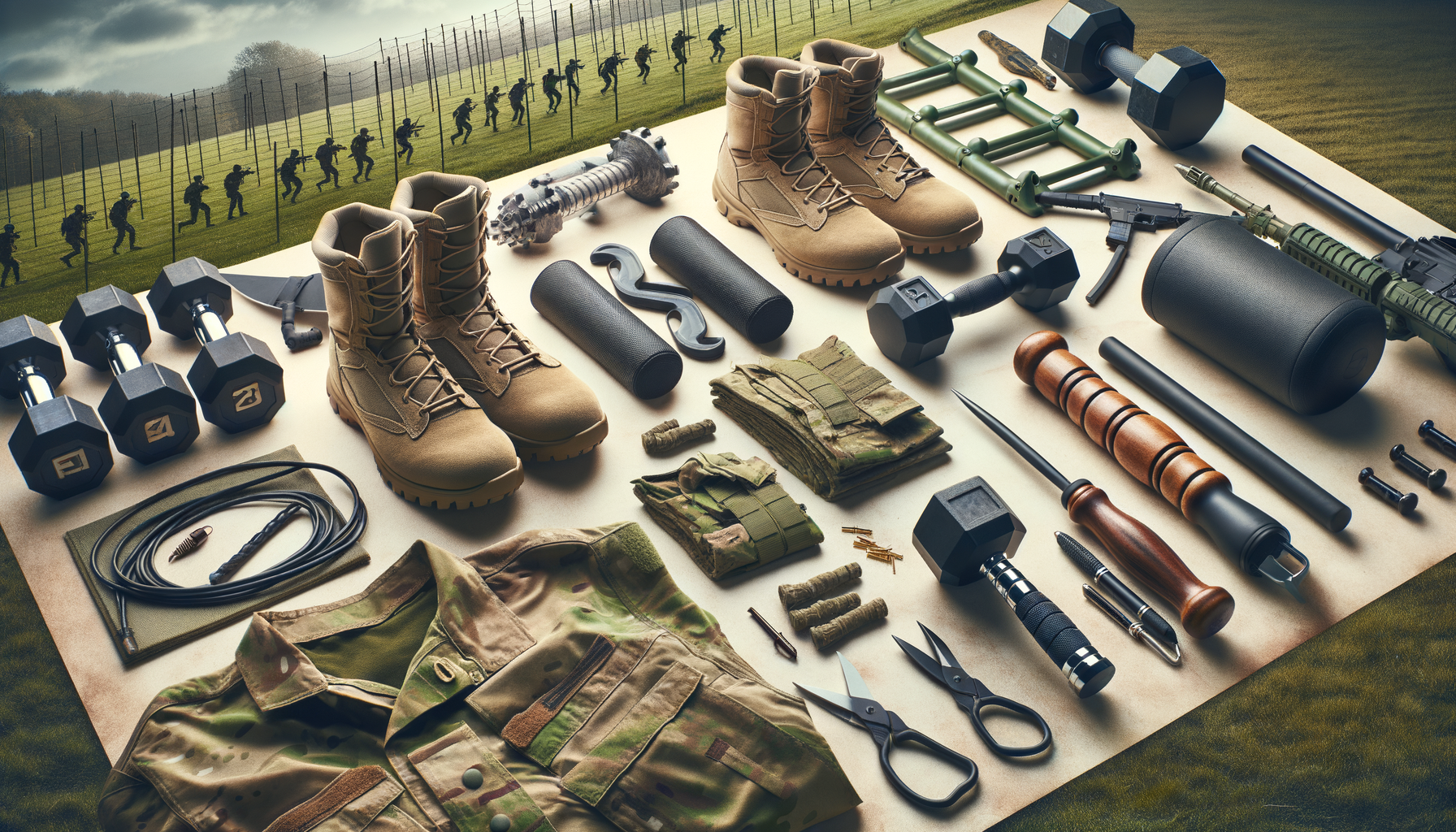
Explore Military Training Paths Across the US
The Structure of Military Training Programs
Military training programs in the United States are meticulously structured to develop both physical and mental capabilities. These programs are designed to instill discipline, leadership, and a sense of duty among recruits. The training regimens are divided into various phases, each focusing on different aspects of military life.
The initial phase, commonly known as “boot camp,” is where recruits are introduced to the basics of military service. This includes physical fitness training, weapons handling, and basic combat tactics. The rigorous schedule is meant to build stamina and mental resilience. For example, daily routines often start before dawn, with physical exercises such as running, push-ups, and obstacle courses.
Following boot camp, recruits move on to advanced training specific to their chosen field. This phase is crucial as it equips them with the technical skills necessary for their roles. Whether it’s engineering, medical services, or intelligence, each specialty requires a tailored training approach. The curriculum often includes classroom instruction, field exercises, and simulations to provide comprehensive learning experiences.
Overall, the structure of military training programs is designed not only to prepare individuals for the physical demands of service but also to foster a mindset of teamwork and leadership. This combination is essential for the effective functioning of military units, where coordination and quick decision-making are critical.
Physical and Mental Challenges
The challenges faced during military training are both physical and mental. Recruits are pushed to their limits to ensure they can handle the stresses of military life and operations. The physical demands are intense, with a focus on building endurance, strength, and agility.
Recruits participate in a variety of exercises designed to test and enhance their physical capabilities. These include long-distance runs, weightlifting, swimming, and martial arts. The aim is to ensure that each recruit can perform under pressure and endure the physical rigors of combat situations.
Mental toughness is equally important. Training programs incorporate scenarios that require quick thinking and problem-solving under stress. Recruits are often placed in simulated combat environments where they must make decisions that could affect their unit’s success or failure. This aspect of training is vital for developing the psychological resilience needed in high-stakes situations.
Moreover, teamwork and communication are emphasized throughout the training. Recruits learn to rely on each other, which is critical in building trust and cohesion within units. The ability to work effectively as part of a team is a cornerstone of military operations, and training programs are designed to cultivate these skills.
The Role of Technology in Modern Military Training
Technology plays a significant role in modern military training, enhancing the effectiveness and efficiency of various programs. From virtual reality simulations to advanced weaponry, technology has transformed how recruits are trained.
Virtual reality (VR) and augmented reality (AR) are increasingly used to create realistic training environments. These technologies allow recruits to experience combat scenarios in a controlled setting, providing valuable experience without the risks associated with live exercises. For instance, VR can simulate urban warfare situations, allowing recruits to practice tactics and strategies in a virtual cityscape.
In addition to VR and AR, advanced weaponry and equipment are integral to training programs. Recruits are trained on the latest technology, ensuring they are familiar with the tools they will use in the field. This includes everything from firearms to communication devices, all of which are essential for modern military operations.
Furthermore, technology is used to track progress and performance. Wearable devices can monitor physical activity, providing data on endurance and strength levels. This information is crucial for tailoring training programs to individual needs, ensuring that each recruit reaches their full potential.
Overall, the integration of technology in military training programs represents a significant advancement, providing recruits with the skills and experience needed to operate effectively in today’s technologically advanced military environment.


